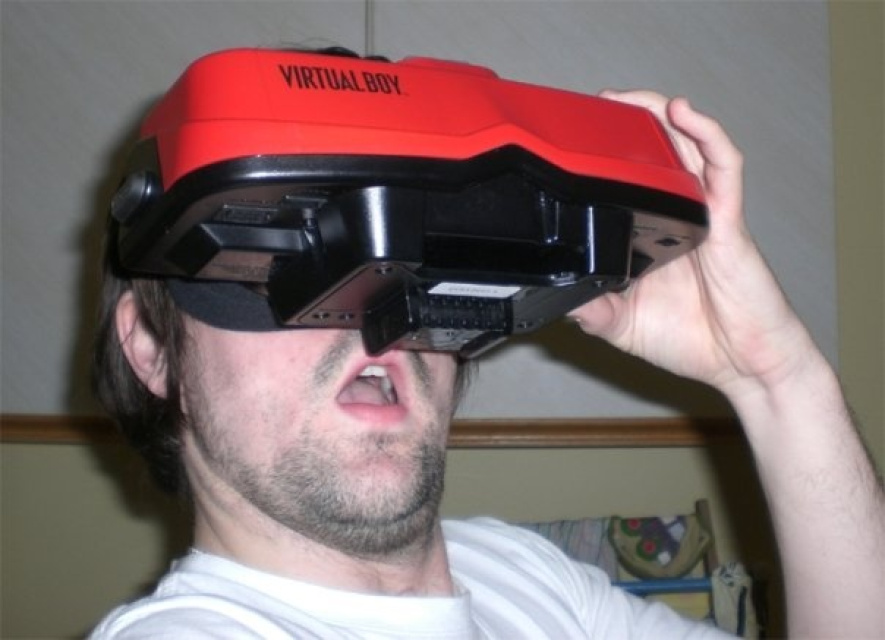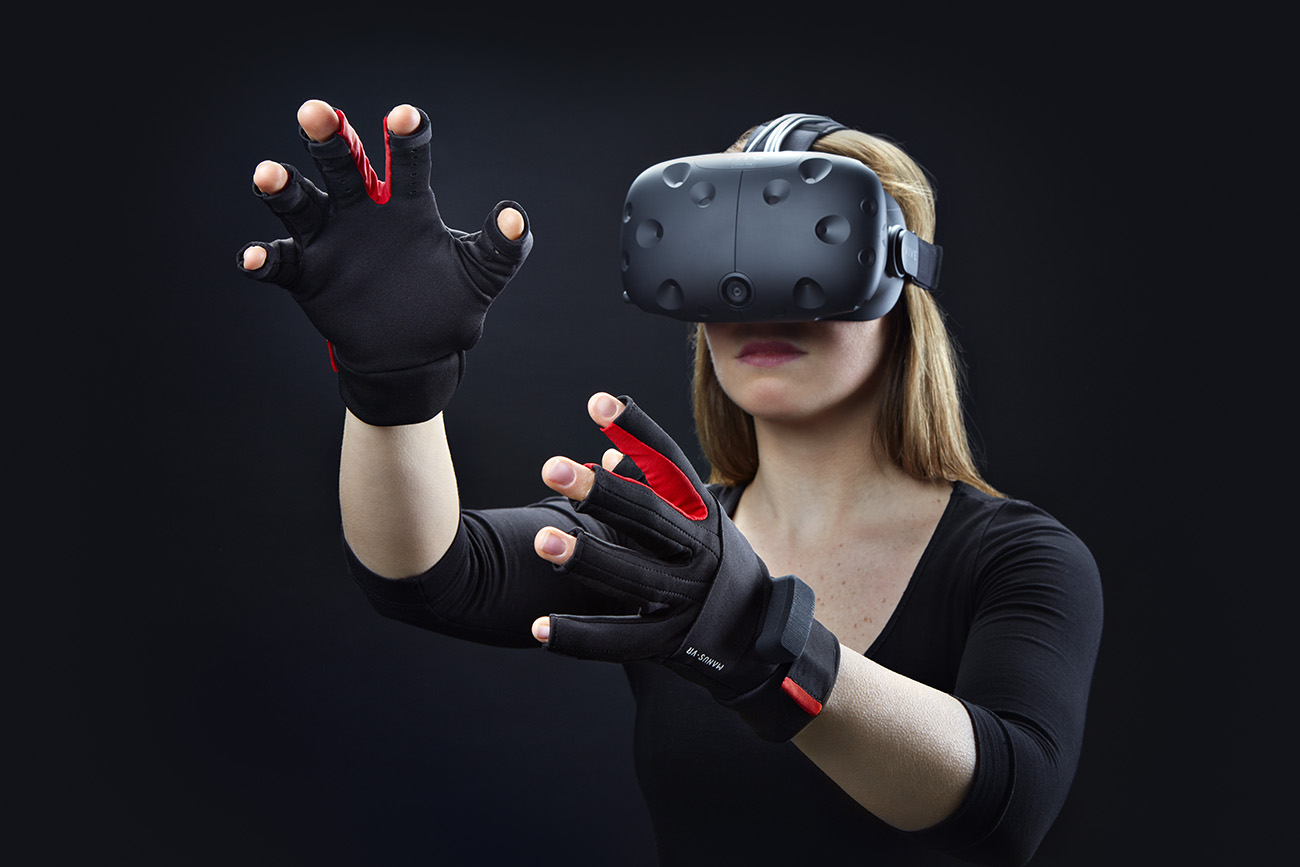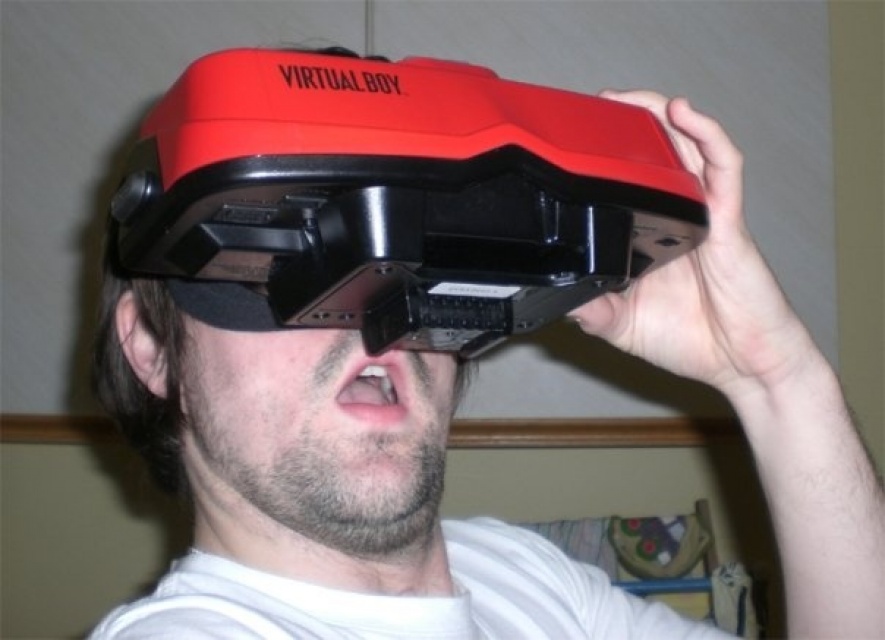
I can remember back in the mid-nineties seeing Nintendo’s “Virtual Boy” headset, and instantly deciding, “I must have that!”
Although my own efforts were unsuccessful, a spoiled friend of mine was coercive enough to talk his parents into buying one for him. Upon hearing the news of his new acquisition, I raced over to his place without hesitation, pedalling as fast as I could.
I remember the excitement of peering into the headset and the growing anticipation of what I was about to experience. “The future is now!”, I thought to myself! We turned it on, and…
Oh!? …Hmm? ….Neat? …I guess? …Maybe?
Not so much.
Unfortunately, the experience was less than impressive. The immersive 3D world I was expecting, simply was not there. Even Mario seemed disillusioned as he bounced around in his 2D environment as I strained to adjust to the red light beaming into my eyes. The idea of being fully engulfed into a new virtual word had not yet been realized. Yet.
Fast forward to 2016 and virtual reality (VR) headsets are poised to explode into the market with some touting 2017 to be “The Year of VR”.
From the HTC Vive, to the Oculus Rift amongst many other devices, the fully immersive environment that VR had promised us years ago, is finally technologically available!

Currently, there are a host of new companies developing full VR environments for the education market. Such companies as Labster.com, EON Reality, Immersive VR Education, just to name a few, are expanding the realm of possibilities of how VR can enhance teaching and learning.
However, as exciting as the technology is, there is so much more to implementing VR in a school than simply buying the equipment and dumping it into a classroom.
I’m constantly asking myself the following questions:
- How will VR technology be used to deliver curriculum?
- What VR applications are available?
- What training will teachers and students need?
- Is the technology safe? (there has been recent articles cautioning on the use of VR with children)
- Should parents need to sign some sort of consent to allow their child to use the technology?
- How will the IT Department support the equipment, software and training?
- Are there year-over-year costs that will occur? (hardware upgrades, maintenance and support, software subscriptions etc.)
These are just some of the questions I find bouncing around in my head as I explore the possibilities virtual reality technology could offer both teachers and students alike.
It is my hope to take this year to gather as much information, feedback and use-case examples to determine if Virtual Reality in the classroom will in fact, become reality.

I identify with this statement so much:
“there is so much more to implementing VR in a school than simply buying the equipment and dumping it into a classroom”
You could substitute VR with any technology here. To me, tech has to be a valuable means to an end, not the end in itself (poor @jmedved has heard me say this too often over the years!). I’m interested to see whether you find that valuable use for VR at your school, and how you can implement it meaningfully!
@rutheichholtz Agreed! I wouldn’t want this tech to end up being viewed as an expensive “toy” that no one really knows how to use. Fortunately, I’ve already had some great conversations with some teachers at our school who have given me helpful insight into how they would use VR in their classrooms if it were available to them. There’s definite excitement about the potential and possibilities!
@gbaschuk This is very cool. @ashaikh (Cohort 21 alum) and JS Tech coach at the York School is also really into exploring this space at the moment. Right now he is looking at https://www.google.com/edu/expeditions/#about Consider joining this G+ community – https://plus.google.com/+GoogleforEducation
@jmedved Thanks for the info!
My favourite moment in Tech Integration is when technology is implemented in such a way that teachers can explore how they might use it to deliver curriculum. How is a new technology introduced? How do we handle trials, pilots and experiments in our schools?